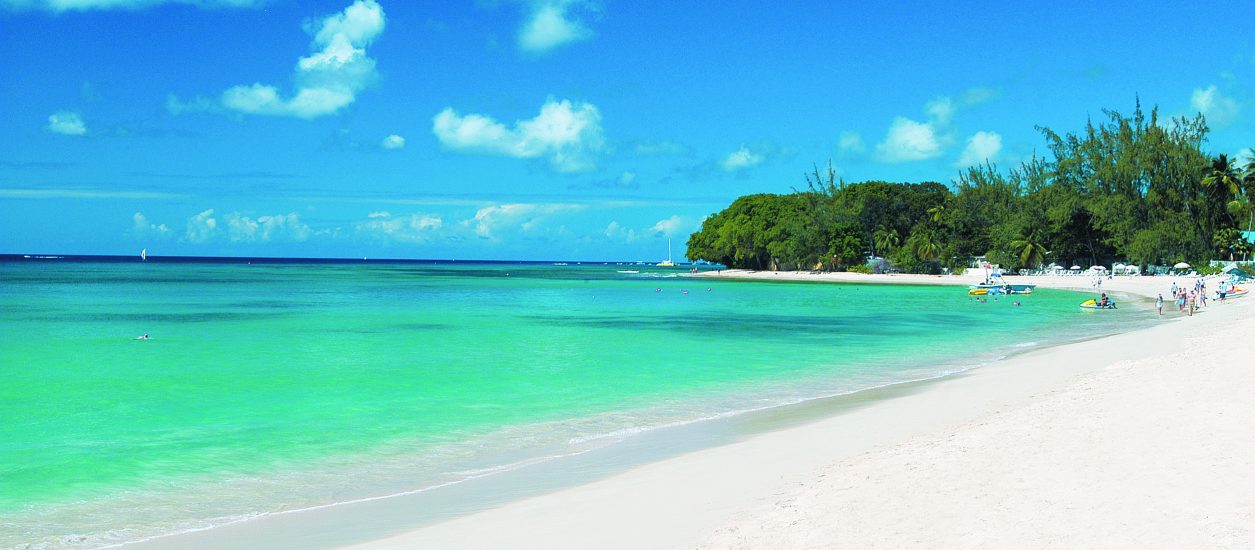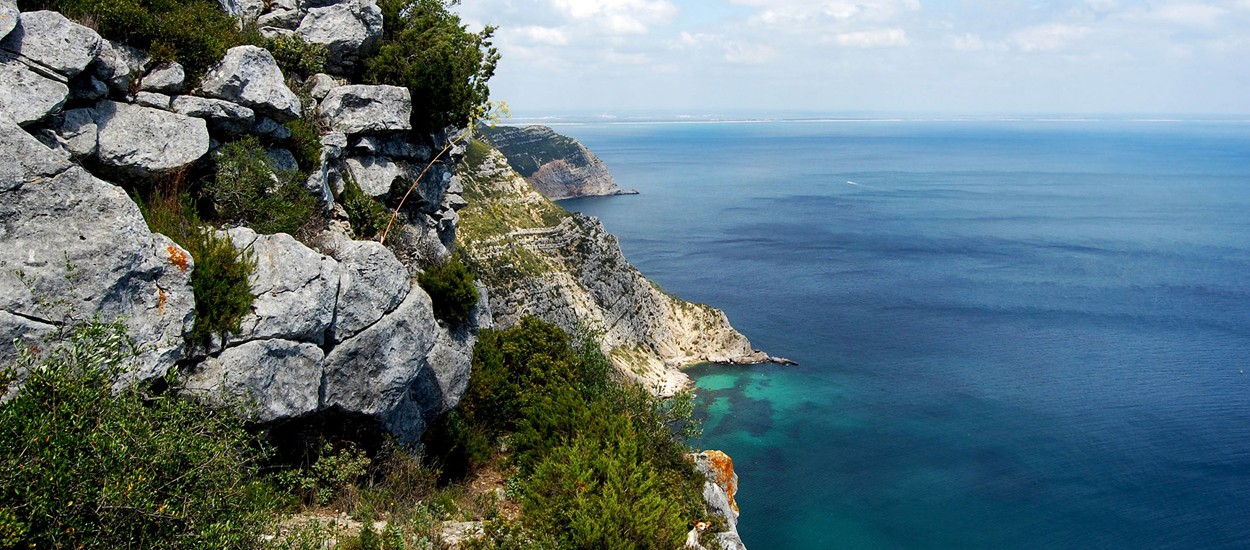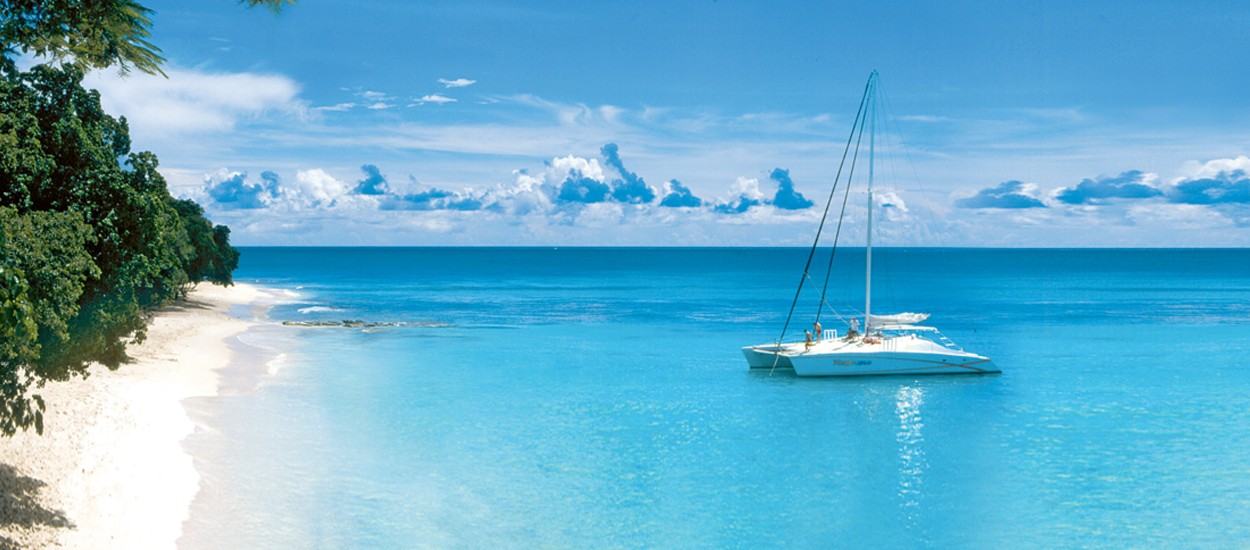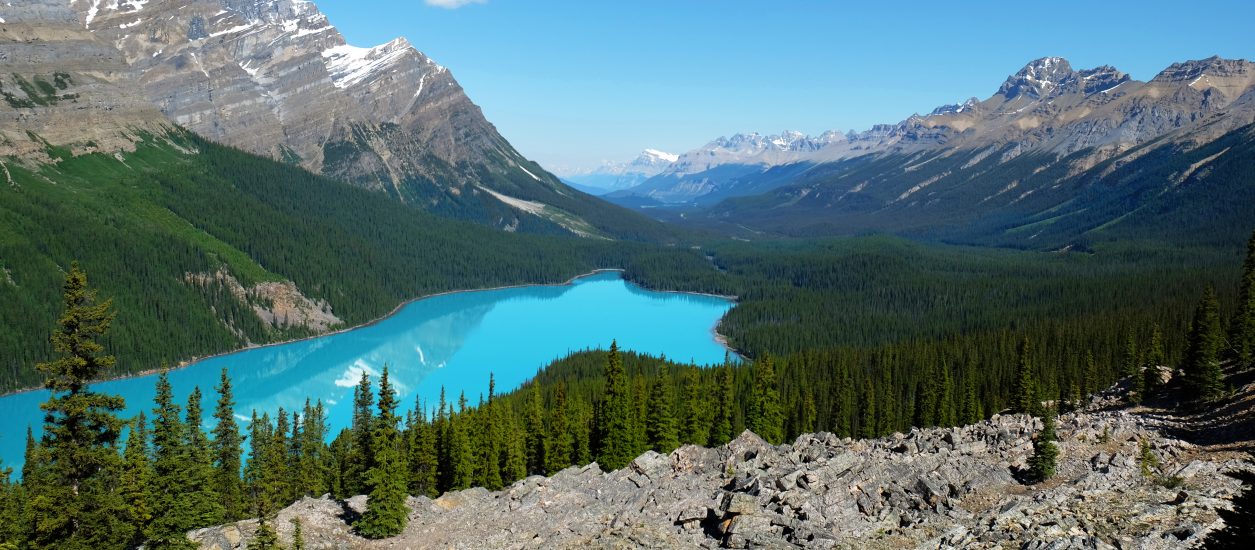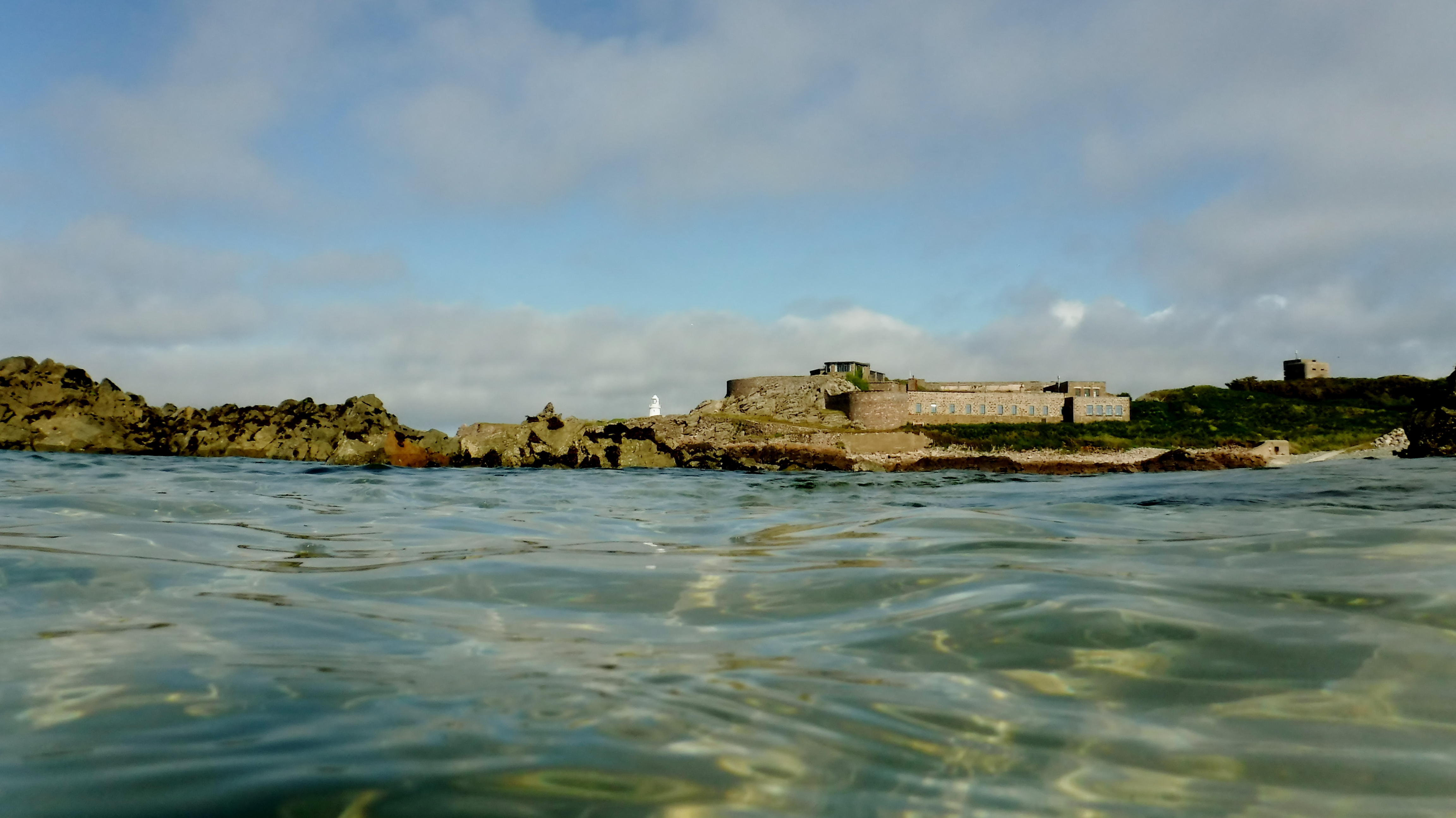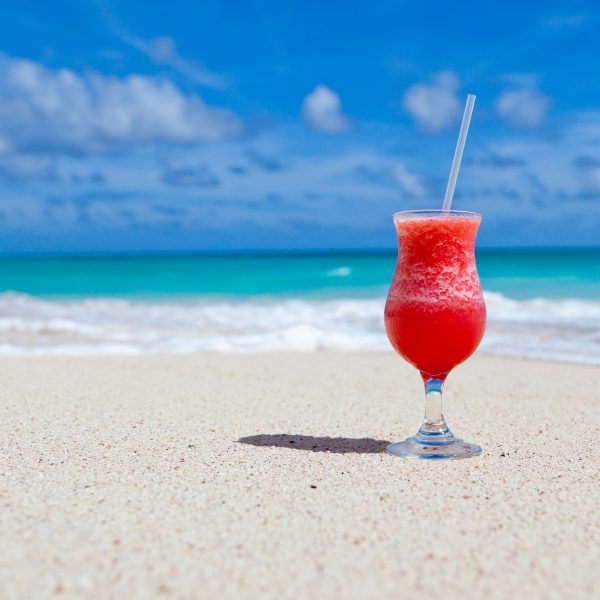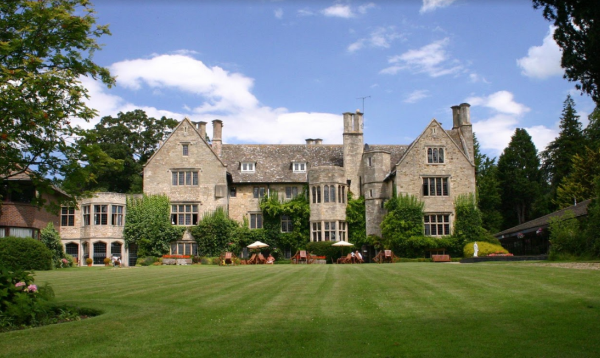ALDERNEY: Exploring an Astonishing ISLAND
Despite being the closest Channel Island to the UK mainland, Alderney offers a unique break away, with a huge depth of history, things to do and sights to see…
The tiny island of Alderney is the most northerly of the Channel Islands, a unique archipelago that has been part of the British Isles since the Norman Conquest in 1066, but remains outside both the EU and UK. Alderney is the closest of these islands to France, only eight miles distant across the formidable Alderney Race, and also to the UK, some 60 miles north of Portland Bill.
Exposed to the wild and spectacular Atlantic Ocean, Alderney retains a definite sense of mystery. Its nearest English-speaking neighbours are Sark and Guernsey, over 20 miles away across turbulent waters. Among the benefits of Alderney’s remoteness are its wildlife and historic heritage which remain relatively pristine. Essentially, Alderney remains uncrowded and largely unknown by potential visitors, making it a fascinating and rather exclusive place to get to know.
For many, a brief stop on a cruise itinerary is their first taste of Alderney’s unique atmosphere. Whilst those precious few hours can reveal a great deal, Alderney’s enormous depth of history and rich wildlife deserve a stay of at least two or three nights. A specialist market is now starting to develop with short break tours enabling small groups to experience the island’s fascinating Roman, Victorian and World War Two heritage, superb seabirds, butterflies, moths and wildflowers. All are set in a richly varied landscape. Once new visitors arrive, they are usually stunned by what they find, and most make regular return trips.
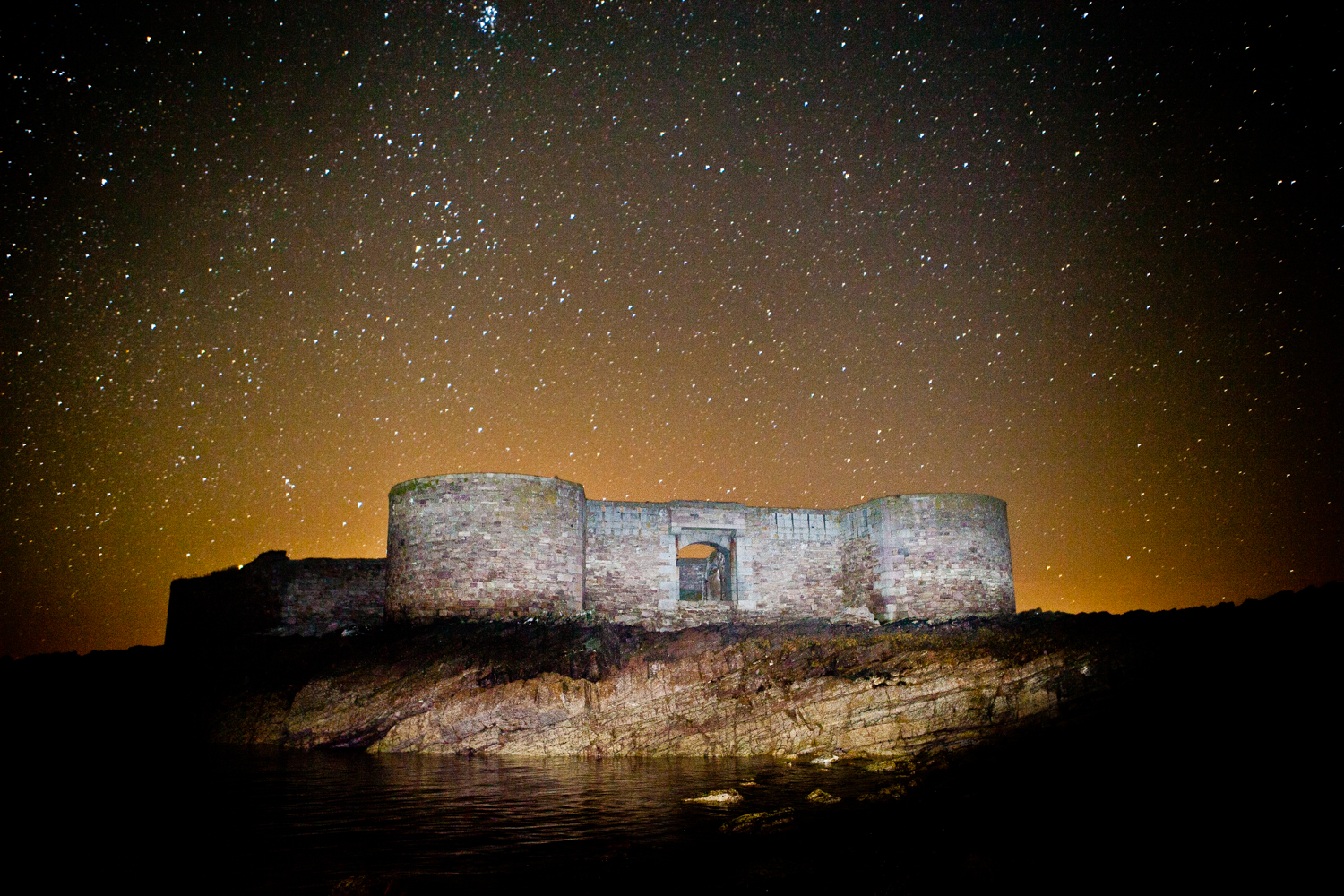 In a concerted bid to improve the island’s tourism economy, Alderney Wildlife Trust, the Alderney Society and the island’s government, The States of Alderney, appointed me to lead a two year wildlife and heritage tourism programme, Living Islands, which was concluded at the end of 2015. Living Islands had a very wide brief, with over 40 strands of work, but in essence it was launched to develop the market for specialist tours and independent visitors keen to see and understand the island’s amazing heritage – both natural and historic. At the same time, the partners believed that the island’s community would gain a new understanding of the value of this heritage, and perhaps participate in its conservation.
In a concerted bid to improve the island’s tourism economy, Alderney Wildlife Trust, the Alderney Society and the island’s government, The States of Alderney, appointed me to lead a two year wildlife and heritage tourism programme, Living Islands, which was concluded at the end of 2015. Living Islands had a very wide brief, with over 40 strands of work, but in essence it was launched to develop the market for specialist tours and independent visitors keen to see and understand the island’s amazing heritage – both natural and historic. At the same time, the partners believed that the island’s community would gain a new understanding of the value of this heritage, and perhaps participate in its conservation.
We set out to tackle some of the best examples of the Victorian and German fortifications lining the northern coast of Alderney. Fort Tourgis was completed in 1854 and housed over 350 officers and men. It’s a huge site, ripe for development as a superb hotel or apartments, but it also has very well preserved defences that were completely obscured, but actually protected by layers of vegetation. With initial impetus from 30th Royal Signals regiment, groups of local volunteers, assisted by skilled machine operators from the States Works Department, revealed the fascinating Cambridge Battery, one of five such positions at Tourgis. During World War Two, German forces had mounted a searchlight and machine guns above, and a 105mm beach defence gun bunker below the Victorian gun emplacements that have now been revealed. All this is now freely open to the public, with explanatory signs to guide their visits.
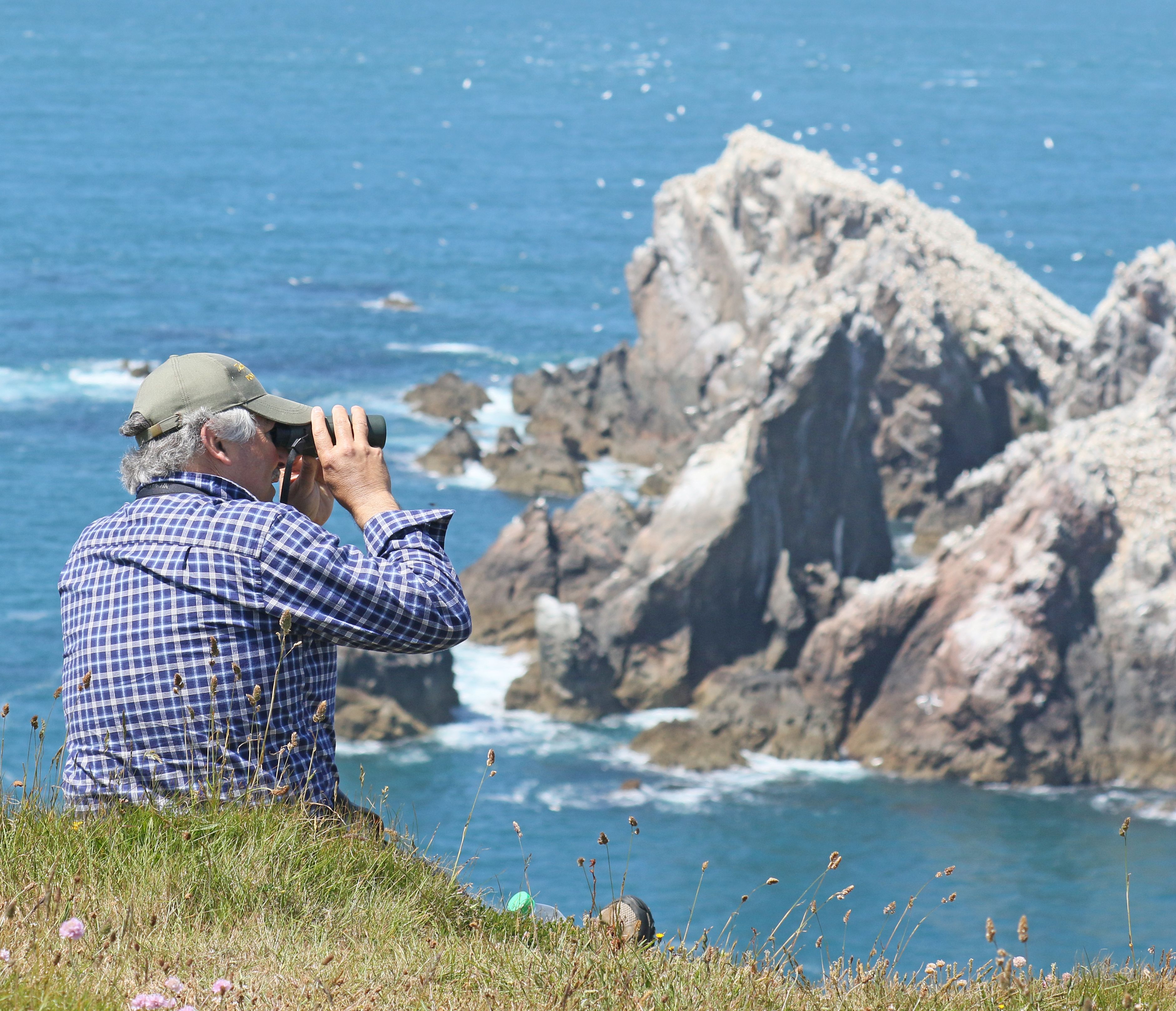 The team went on to clear out and interpret the very extensive German fortifications at Bibette Head overlooking Braye Harbour. Strongpoint Biberkopf, as it was known by the occupiers, is one of the most complete collections of German bunker engineering that survives on the Atlantic Wall. Visitors can freely explore beach defence and anti-tank gun bunkers, an armoured turret for heavy machine guns, an elaborate double ended searchlight position, personnel shelters with intact timber rifle racks, extensive perfectly preserved concrete lined trenches and a superb tunnel right out to the end of the point – make sure you take a torch!
The team went on to clear out and interpret the very extensive German fortifications at Bibette Head overlooking Braye Harbour. Strongpoint Biberkopf, as it was known by the occupiers, is one of the most complete collections of German bunker engineering that survives on the Atlantic Wall. Visitors can freely explore beach defence and anti-tank gun bunkers, an armoured turret for heavy machine guns, an elaborate double ended searchlight position, personnel shelters with intact timber rifle racks, extensive perfectly preserved concrete lined trenches and a superb tunnel right out to the end of the point – make sure you take a torch!
Alderney’s spectacular wildlife is best seen in the months of April to October and is perhaps most spectacular in the spring. The island’s internationally important seabirds, and even the famous blonde hedgehogs regularly work their magic on visitors. On a short visit it’s probably best to seek the help of a guided tour arranged by the helpful specialist team at the visitor information centre in Victoria Street, or the Alderney Wildlife Trust, who also offer a splendid boat trip taking in the puffin and gannet colonies just offshore. There’s even a bat and hedgehog tour starting at dusk. It’s well worth hiring bikes to explore the island, and the introduction of electric power has transformed the experience for many – well worth considering if it’s a while since you pedalled up a hill.
While you’re walking around St Anne booking your activities, you cannot fail to notice the many Georgian era houses lining the town’s picturesque cobbled streets. They mark the island’s heyday during the privateering era of the late eighteenth century. Find out more on a town tour with an Alderney expert. There’s one more “must-see” – the amazingly well preserved Roman Fort at Longis Bay. The Nunnery, as it’s known locally, dates from 300AD and is the subject of a new independent trust being set up to ensure that it is conserved and explained to a wider audience.
Whether you arrive on a cruise, as part of an organised tour, or you’re booking your trip with local accommodation providers, you’ll find programmes of special guided tours and events throughout the long season from Easter to the end of October. These tours are often run by well-informed volunteers, and are proving fascinating for local people, their family guests, and the growing number of visitors seeking to uncover some of Alderney’s secrets in 2016 and beyond.
By Martin Batt, Living Islands Manager, 2013-2015
ALDERNEY: Exploring an Astonishing ISLAND

